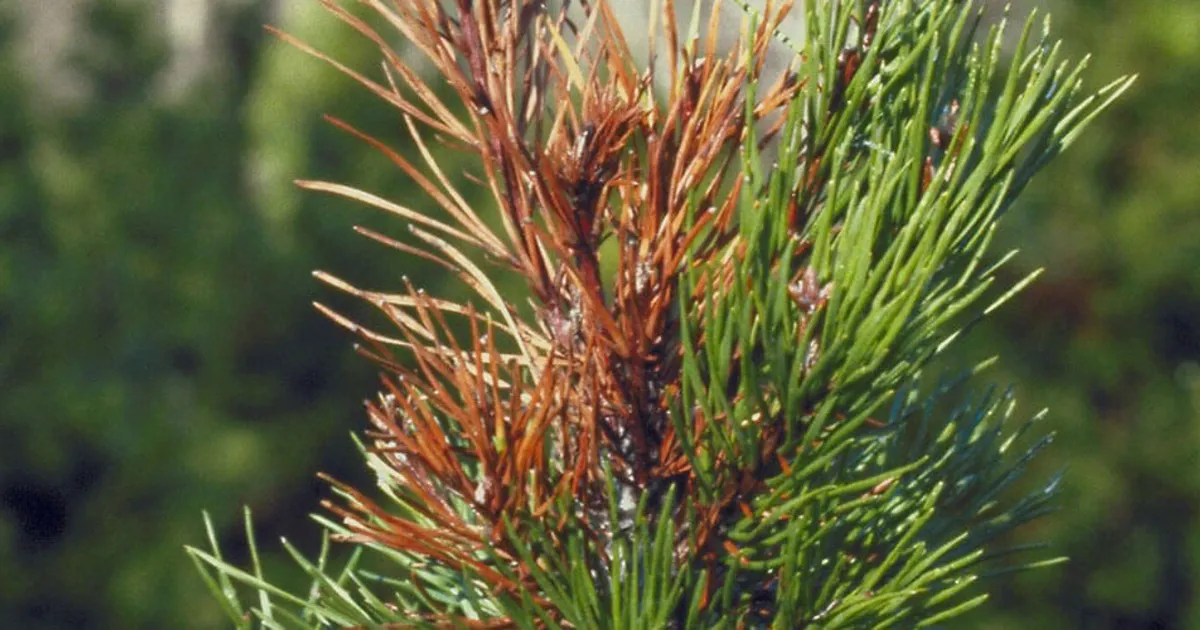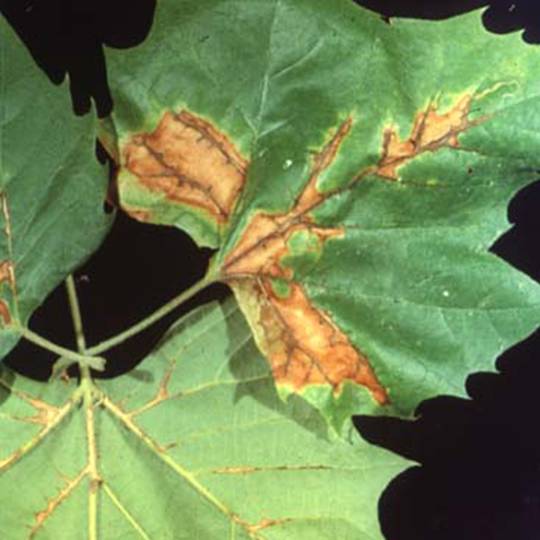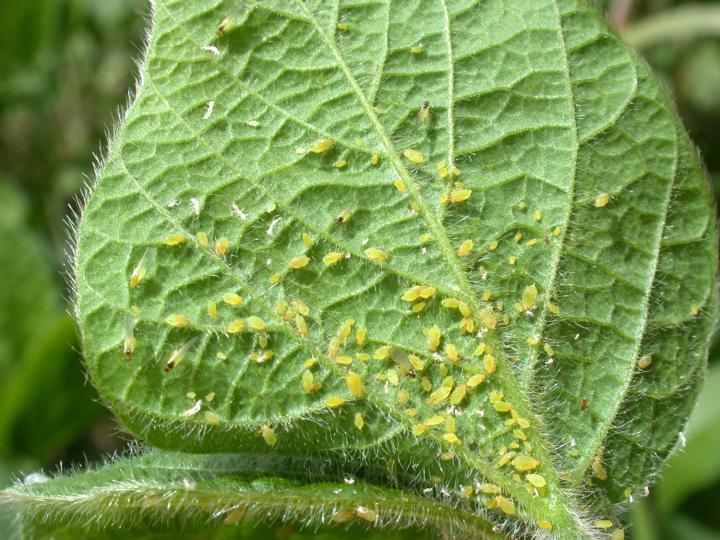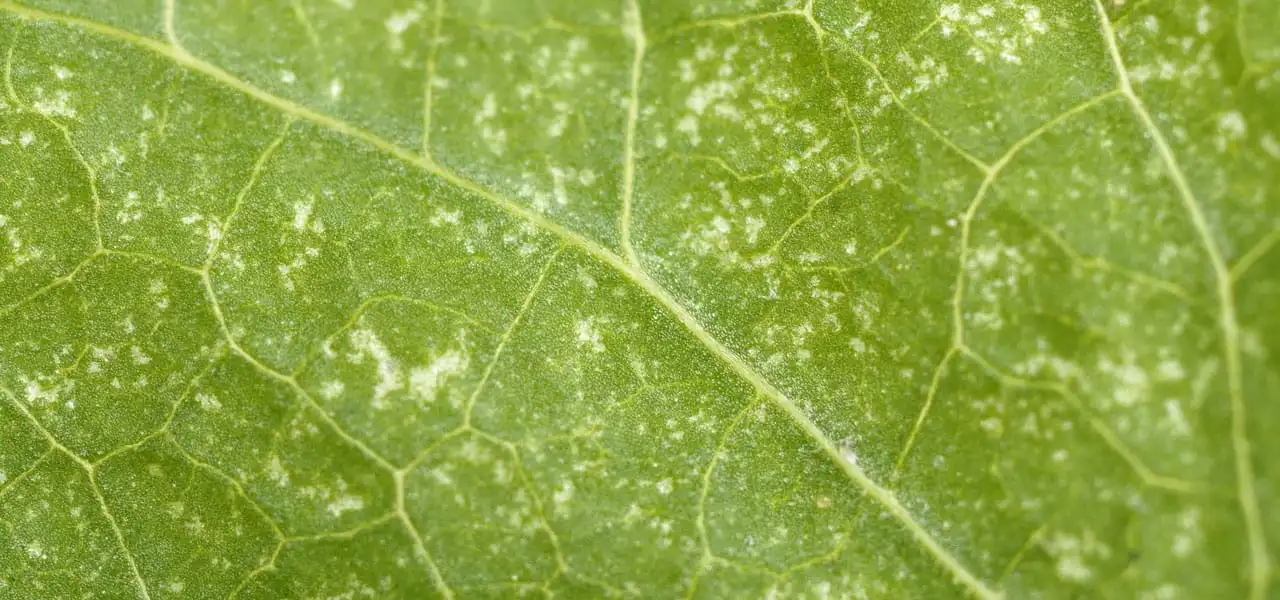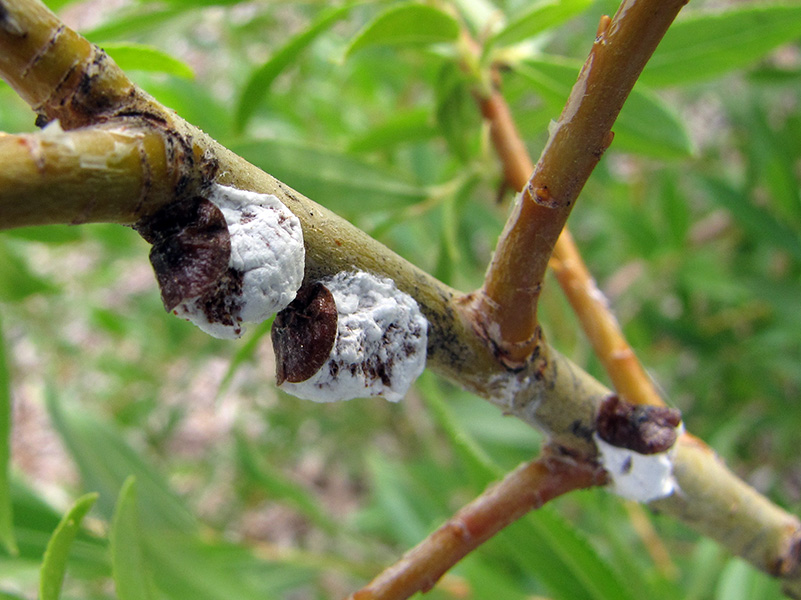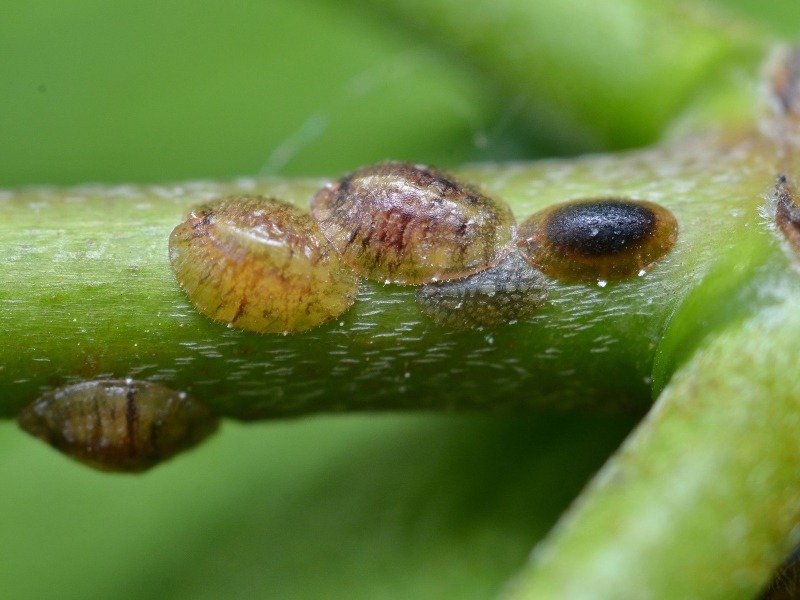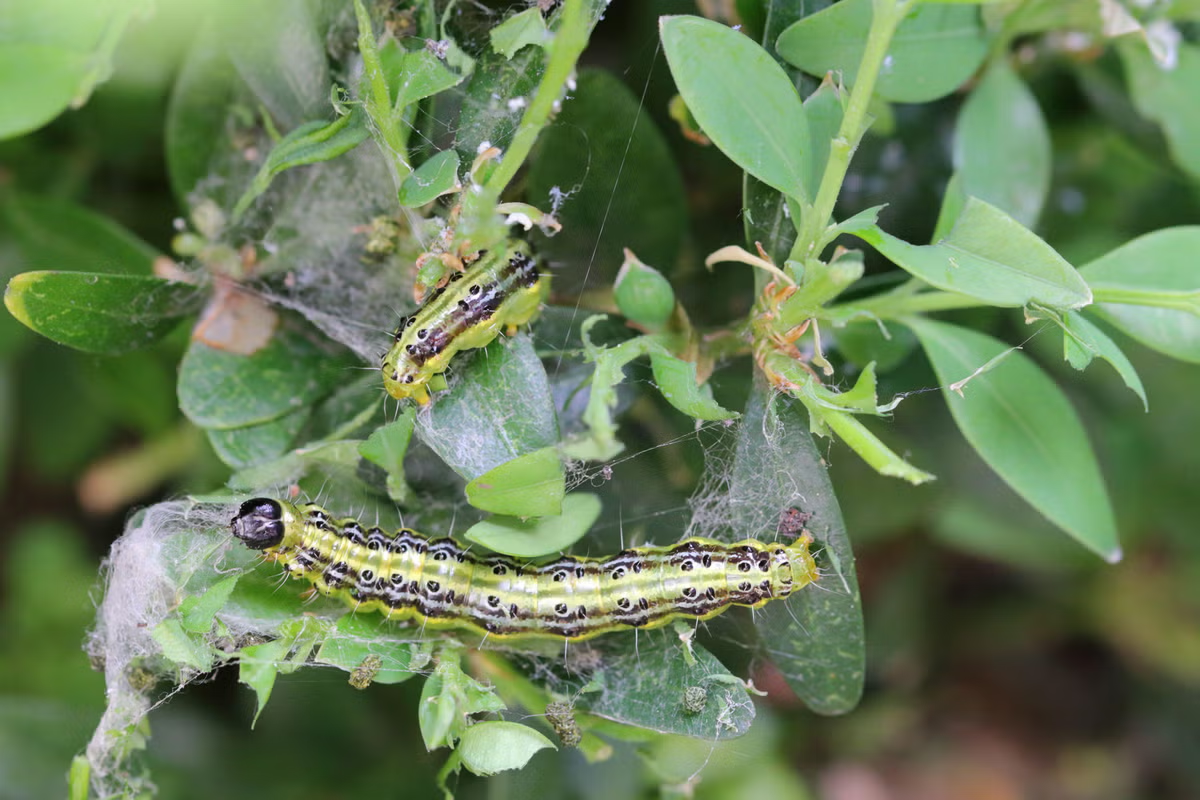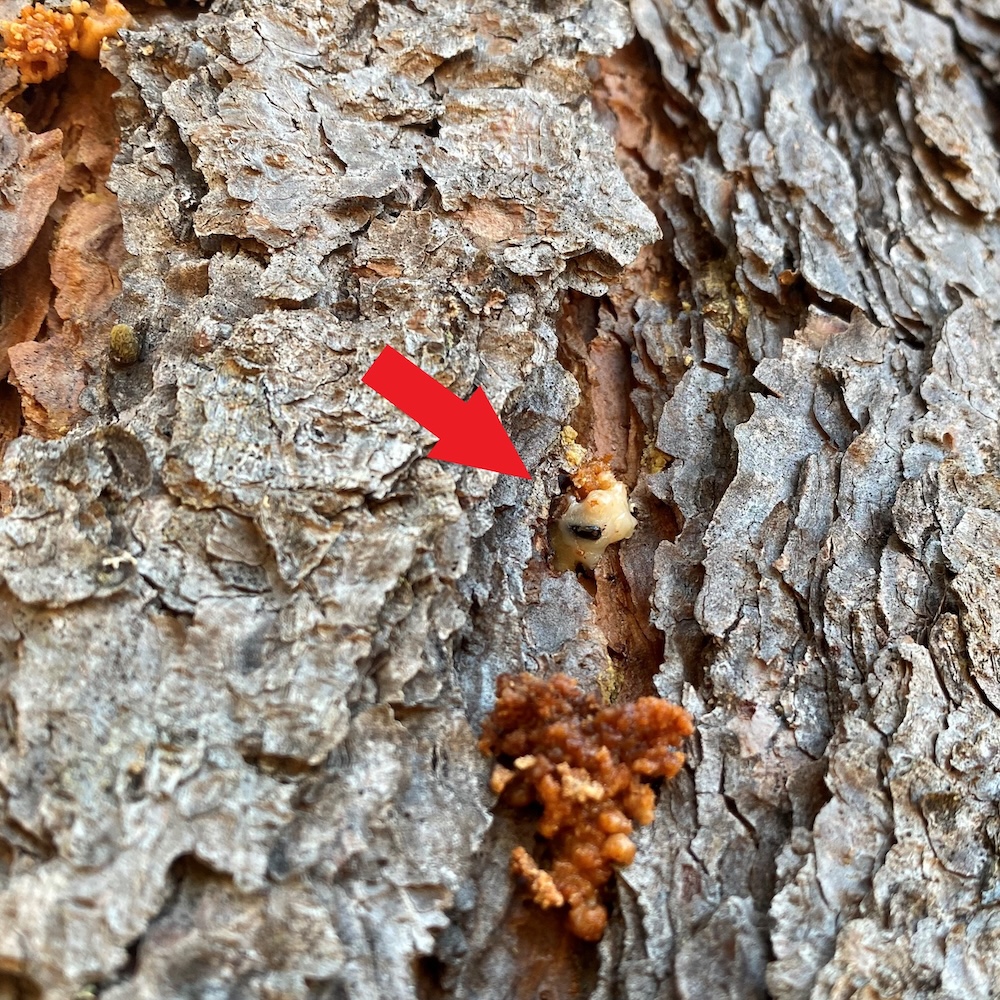Professional Tree Pest Control & Disease Management
When you team up with A Plus Tree, you are getting expert care tailored to every single tree! Our arborists inspect each tree in person to diagnose diseases or pests that may be stressing them out. From there, we build customized tree care plans, using our expansive repertoire of treatments to address specific issues while prioritizing overall tree health. We are strong proponents of tree health because a healthy tree is more resilient against infections and can better fend off future threats.
Identifying and Treating Tree Diseases
Early detection is key to treating tree diseases and pests because it greatly improves the success of treatments. Stay proactive by scheduling annual tree inspections with our experts and keeping an eye on your trees yourself. By identifying issues early, we can implement targeted treatments to effectively combat diseases and pests. On top of that, remember to maintain good tree health to reduce the risk of infections and pest attacks, which helps save both your trees and your budget in the long run!
COMMON TREE DISEASES
GENERAL DISEASE CLASSIFICATION
Root

- Phytophthora
- Armillaria
- Verticillium Wilt
Stem

- Cankers, Pine Pitch
- Heart Rot
- Blue Stain Fungus
- Sudden Oak Death
Foliage

- Powdery Mildew
- Leaf Spots
- Anthracnose
- Needle Blight
Tree Pests – What are the Warning Signs?
By knowing the warning signs, you can identify pests and act swiftly! Keep an eye out for telltale signs like holes or tunnels in the bark, discolored or wilted leaves, premature leaf drop, and stunted growth. Also be on the lookout for sawdust-like material (frass) around the base of the tree, egg masses, or gall formations. If you notice any of these signs, reach out to us for a complimentary inspection and pest management plan!
COMMON BUGS & INSECTS
A PLUS TREE’S THC PHILOSOPHY

Start with the soil and treat from the bottom up (inside out).
Take care of our clients and their goals.
Take care of the environment and use organic products when can. If not, use what is least toxic.
Continuously seek ways to do it better.
An Integrative Approach
If you’ve ever taken a science class, you may have heard the term “Integrative Pest Management”. This elaborate term simply means to combine techniques. These techniques include prevention and planting a certain tree species, physically pruning the diseased limbs of a tree, biologically introducing natural predators of the pest, and then chemically to treat with insecticides, herbicides or fungicides. We examine all the factors and determine the best approach.
At A Plus we have dedicated teams, tree doctors if you will, that specialize in the health and management of your trees. We have Certified Arborists are Tree Health Care (THC) specialists who can administer proper solutions for your trees at any stage.
Reach out! We’d love to meet your trees.
FREQUENTLY ASKED QUESTIONS
Signs & Symptoms of Aphid infestation may appear as “sticky” stuff, curling leaves and branch or tip dieback.


